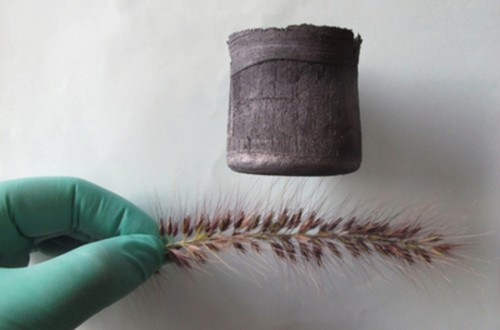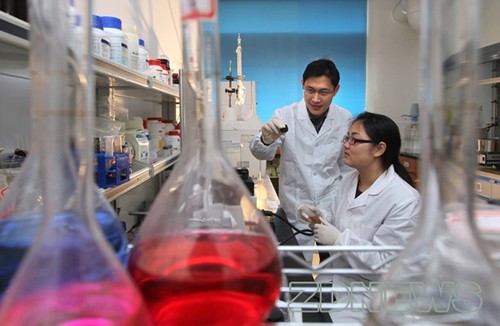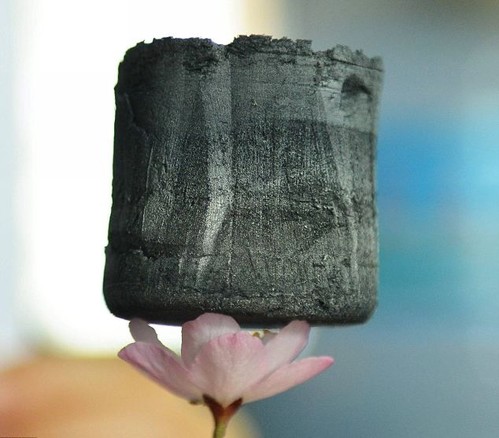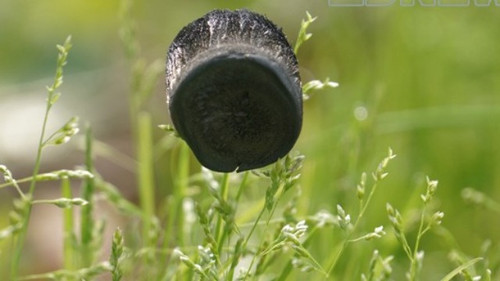The World’s New Lightest Material Has Super High Absorbency And Elasticity

1931 was marked by the invention of the aerogel, considerd the world’s lightest material for more than eighty years. In 2012 aerographite, which is six times lighter than air, headed the list. And recently a group of researchers at China’s Zhejiang University broke the lightness record with their discovery of a spongy substance made from freeze-dried carbon. It is called graphene aerogel, it weighs 0.16 milligram per cubic centimeter (only twice as dense as hydrogen) and features high absorbency and elasticity. The team from Zhejiang University envisions a great number of uses for their invention, but at the moment the main one is oil spill cleanup. The graphene aerogel can absorb 900 times its own weight in oil and water, furthermore it will be possible to reuse the absorbed substances and the graphene aerogel after the cleanup.
Via:dvice.com




| Tweet |











